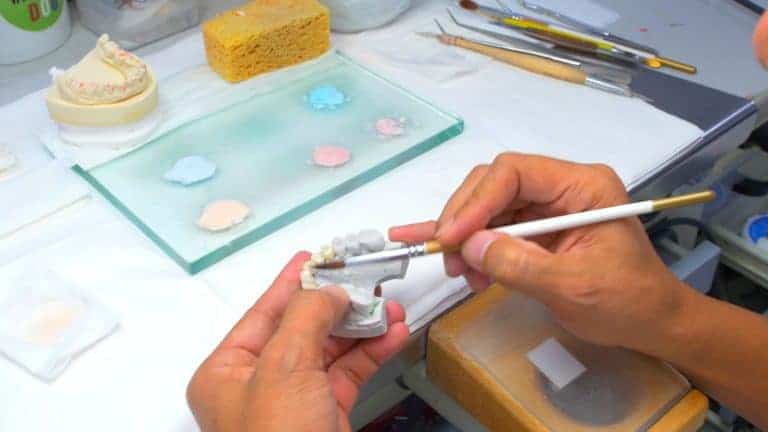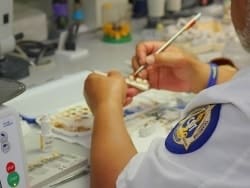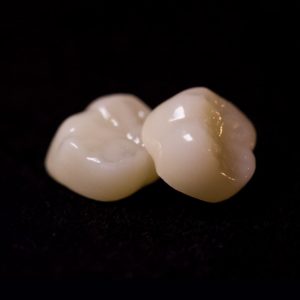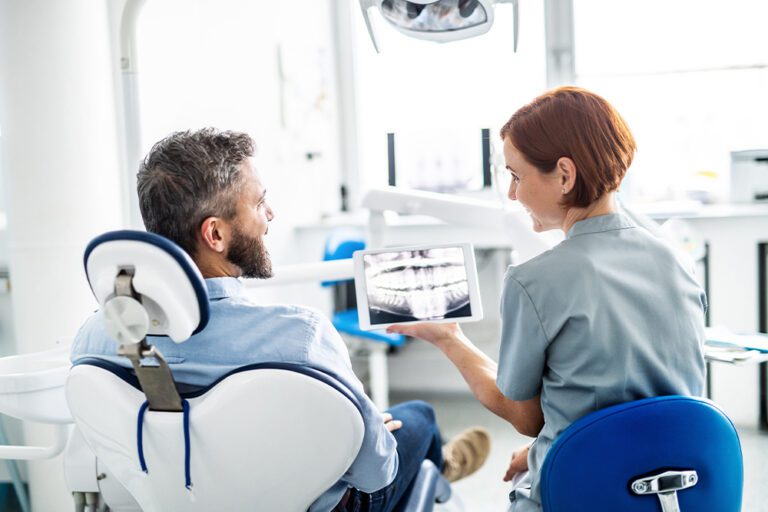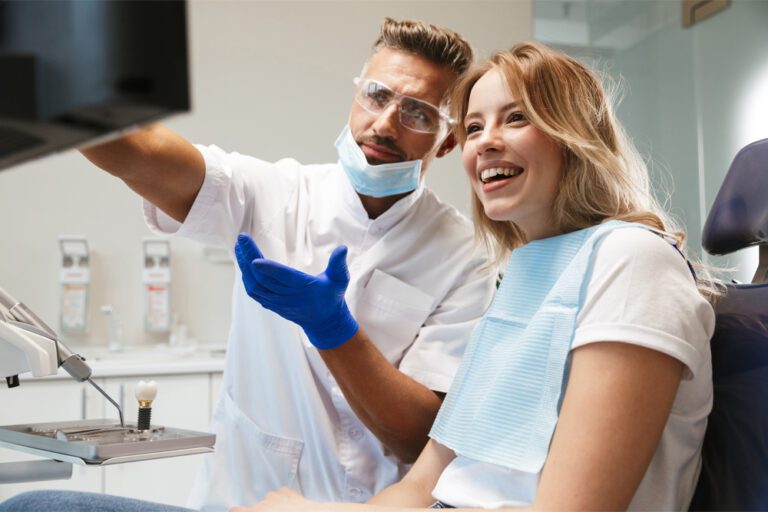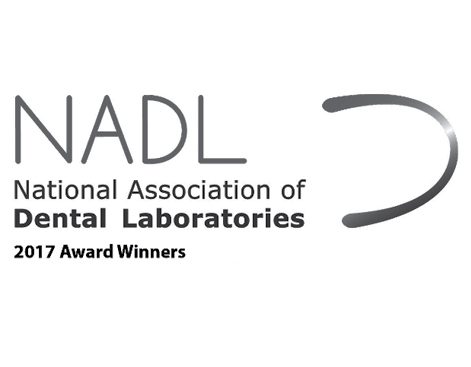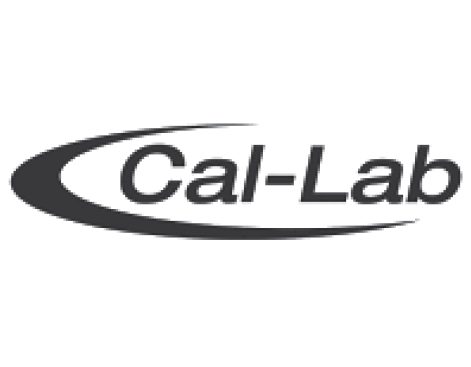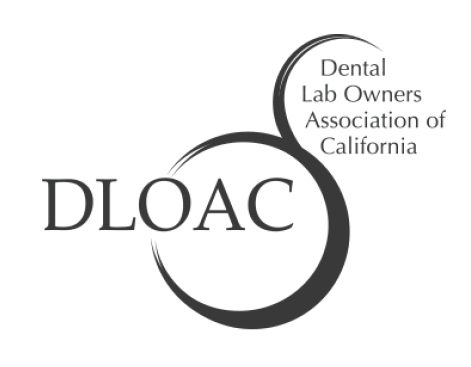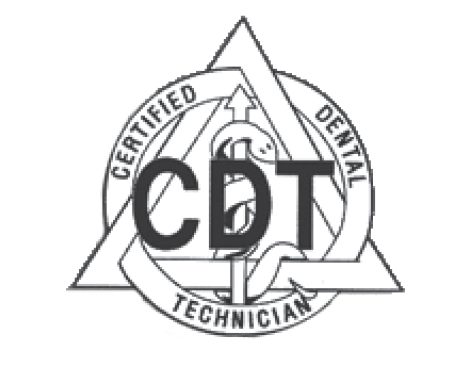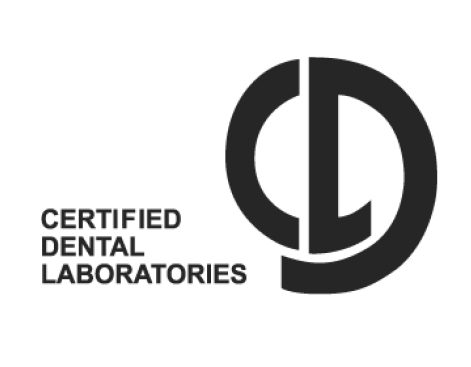Dental technology has greatly evolved over the past 50 years in North America. New materials have been discovered and utilized to improve functionality, effectiveness, and overall patient experience. One such innovation in dentistry is the use of Zirconia in dental crowns. Zirconia has a long history, but it was not until recent years that it was used in the realm of dentistry. Now it is one of the most effective materials in the industry. Let’s explore the history of Zirconia crowns in detail.
The Discovery Of Zircon
Zirconia is a manufactured material, it does not appear naturally. However, it is made from a mineral called Zircon, which can be found on the surface of the earth’s crust. Zircon is a mineral that can be found in nature, raw and un-manufactured. It is the source of Zirconium, which is a silvery-grey metal. Zirconium is a transitional metal and it is incredibly stable. It can form several additional chemical compounds – one being Zirconium Dioxide (better known as Zirconia).
There is a long history behind this family of metals, compounds and minerals, and it stems back to the 18th Century. This is when Zirconium was successfully extracted from the mineral, Zircon. The metal was discovered by a scientist named Martin Heinrich Klaproth (1743-1817). Klaproth was able to extract the silver-grey metal, Zirconium in a purified form. Zirconium stood out as a metal for its incredible strength and the ability to resist corrosion. It can be compared to titanium in its strength and excellent biocompatibility, which means it is safe for our bodies.
The form of Zirconia that is used in dental crowns is an oxide of the metal Zirconium. It is created when the metal Zirconium reacts with the element Oxygen under extremely high temperatures. Zirconia is therefore also known as Zirconia-oxide.
Zirconia is a white powdered material, it is very malleable and can be pressed and shaped into the look and feel of a realistic tooth. One of the biggest uses for Zirconia today is in dental prosthetics such as crowns, veneers, and bridges.
Zirconia In Dentistry
It was not until the early 2000s that Zirconia was used in dentistry. The history of zirconia is extensive, as this oxide has had several predecessors in the dental industry. Let’s take a look at the evolution of materials used for dental crowns –
Porcelain Fused To Metal Crowns In 1960’s
In the 1960s, porcelain fused to metal was the most common material used for dental crowns. It remained the standard in dental restorations for decades. Porcelain fused to metal is still used today and for a good reason. This combination of materials creates a strong and stable restoration which has stood the test of time. The downside of porcelain fused to metal prosthetics is in aesthetics. Despite the pearly white appearance of porcelain, the underlying metal affects the appearance of the crown or bridge.
It dulls the color and eliminates the natural coloring and translucency that characterize healthy teeth. Porcelain fused to metal crowns had the strength needed for long-lasting restorations, however, they did not meet the aesthetic standard needed to appear as a natural tooth. They left the restoration looking grey and dull compared to the natural teeth. These restorations are used today predominantly for the back teeth that remain unseen when the patient smiles.
Glass-Ceramic Dental Restorations In 1980’s
In the 1980s, glass-ceramic dental restorations were introduced. These crowns looked far more natural and realistic when compared to their predecessors, but they lacked the strength of metal. As a result, glass-ceramic crowns were very fragile. They would chip, split and break off – which made them ineffective as a long-term restorative, despite meeting the aesthetic needs of patients.
Ceramic Restorations In 1990’s
The 1990s saw the rise of ceramics in dental crowns. This was largely the result of new technology, specifically a machine called CEREC. CEREC allowed for same-day dental restorations. This meant that a patient would not have to wait because the machine would make custom crowns from ceramics. This machine is still widely used in dentistry today and it was in the ’90s that ceramics became an essential part of dental restorations. These ceramic crowns lasted 10-15 years and were not as fragile as the glass-ceramic materials of the ’80s.
The Rise Of Zirconia In The 21st Century
Zirconia became popular in the 2000s as a dental restorative. With increased technology, dentists were able to use new tools to work with this new, powdered material. The result was the rise of zirconia dental crowns.
Zirconia brought a powerful combination of metal-like strength and aesthetic appeal. It’s also all-ceramic, which makes it biocompatible for those who are sensitive to metals. Zirconia had the longevity of metal with the translucency, coloring, and texture of a real tooth.
As stated in a popular article on zirconia: “Dentistry makes use of its special properties when manufacturing corona frames and bridge frames, tooth root studs, and metal-free dental implants. Zirconium dioxide is the most widely used oxide ceramic next to aluminum oxide.” It is a leader in dental restoratives of the 21st century.
Zirconia Dental Crowns at Keating Dental Lab
Zirconia crowns look like real teeth. They can be color-matched to your specific tooth color and have a level of translucency that resembles real enamel. It took several decades to create a material that works perfectly as a dental crown, but zirconia has accomplished this and much more in the dental world. Patients no longer have to compromise on aesthetics or strength. They can have both at Keating Dental Lab.
At Keating Dental Lab we recognize the significance of zirconia and that is why we use it in our dental crowns. We created the KDZ-Bruxer line of dental restoratives, which all use zirconia for a strong, realistic crown.
Products Within The KDZ-Bruxer Line Include: 
The KDZ-Bruxer Aesthetic
The KDZ-Bruxer Aesthetic was built with aesthetics in mind. Developed to maximize translucency with the strength of zirconia. Perfect for implant crowns at the front of the mouth.
The KDZ-Bruxer
These lifelike restorations are milled in-house and hand-finished by expert ceramists. The durability of zirconia is excellent for long-span bridges and crowns.
The KDZ-Ultra
A strong zirconia core with beautiful ceramic overlay, the KDZ-Ultra is perfect for back teeth restorations that require extra strength and power.
Contact Keating Dental Lab for Handcrafted Zirconia Crowns
Our team values precision and quality. That’s why we combine the highest level of digitally produced materials with the added touch of hand-painted ceramics. Contact us to learn more about the zirconia restorative options that we offer in our laboratories.


